The Edinburgh Realty Blog
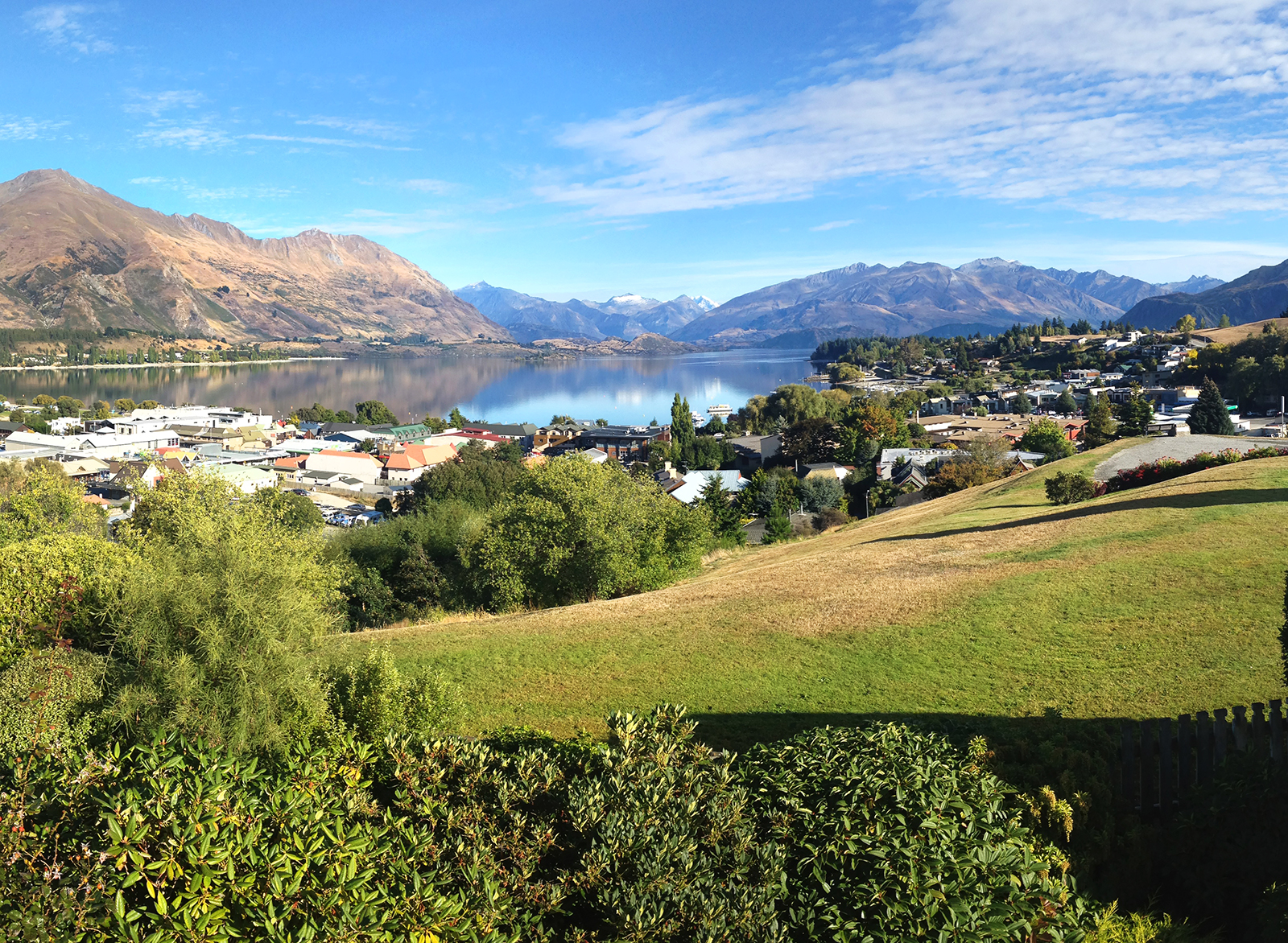
Wanaka
45 kilometres long and covering 193 square kilometres, the crystal clear waters of Lake Wanaka are perfect for jetboaters, sailors and kayakers to explore.
Nestled below towering mountains, Wanaka is the most tranquilly set of the South Island lakes. In winter, skiers flock here from all over the world for superb skiing and snowboarding at Cardrona and Treble Cone, cross-country skiing at Snow Farm and heli-skiing high in the Harris Mountains. But Wanaka, is much more than a winter destination. Year round activities include fishing, hiking, canyoning, climbing and skydiving. Visit the nearby towns of Queenstown, Cromwell and Alexandra, go shopping, or simply sit in a café and watch the world pass by.
One of the attractions of a stay in Lake Wanaka is that it combines the warmth of small town living with the quality and attention to detail you’d expect of an international holiday destination. Accommodation ranges from luxury lodges and boutique B&Bs to backpacker lodges and family holiday parks. It’s an easy walk to shops and restaurants from most accommodation and taxis cars and bikes are readily available. And if you want to head out of town, transport providers offer daily services to most popular destinations.
With its lake and mountain views, Wanaka has become a popular tourist resort, considered less commercialised than Queenstown. Wanaka boasts a growing number of restaurants, cafes and a diverse nightlife. Other attractions in the town include Puzzling World and the Paradiso Cinema. Puzzling World contains a maze, optical illusions and a leaning clocktower. The Paradiso is a classic old cinema, with seating consisting of old couches and an in-theatre Morris Minor. There are a number of wineries in the area.
Wanaka, situated at the southern end of Lake Wanaka, is the gateway to Mount Aspiring National Park. Wanaka is primarily a resort town but has both summer and winter seasons and is based around the many outdoor opportunities. Due to the growing tourism business and the increasing number of retirees in Wanaka, large growth is occurring, with a population increase of up to 50% in the past 10 years.
The town is part of the Queenstown-Lakes District and was originally settled during the gold rush of the 19th century. The first European in the area was Nathaniel Chalmers, who was guided inland by Chief Reko in 1853. Maori knowledge of the region is evidenced by an earlier sketch map from Chief Te Huruhuru at Waimate.
European settlement began in the Upper Clutha River Valley in the 1850s, with the establishment of sheep stations by runholders. The first station was at Albert Town, the only place where settlers could ford the Clutha River. The present site of Wanaka was first surveyed in 1863, and settlement increased in Pembroke (the old name for Wanaka) during the 1870s because of timber milling in the Matukituki Valley and the use of Lake Wanaka for transport. Tourism in the town began in 1867 with the opening of the first hotel, by Theodore Russell. Wanaka proved a very popular tourist destination because of its borderline continental climate and easy access to snow and water. The world's first sheepdog trials were reportedly held in Wanaka in 1867. Pembroke was renamed Wanaka in 1940.
A number of mountains surrounding Wanaka can be climbed, including Roys Peak, Mount Iron, Mount Grand and the Pisa Range, all of which provide views of the surrounding area. The biennial Warbirds over Wanaka airshow, has become a major attraction for national and international guests.
Wanaka is host to outdoor recreation and tourism activities with hiking, mountain biking, mountaineering, fishing, paragliding, kayaking, rafting, jetboating, and environmental activities. Wanaka has a sunny climate and serves as an access point to the highest New Zealand mountain outside of the Mount Cook region: Mount Aspiring/Tititea. Mount Aspiring National Park is popular for mountaineering and hiking. Tourists enjoy day trips into the park and many tourists go hiking in the park for up to a week at a time. Parts of the Matukituki Valley on the road to the park are popular for rock climbing, and for day walks. Lake Wanaka itself is popular for waterskiing, wakeboarding and sailing. This along with the local rivers provide many opportunities for fishing. There is a dedicated mountain biking area made by volunteers in a local pine forest. All the local ski resorts are open for mountain biking and hiking in the summer.
Wanaka has the broadest range of snow activity choices of any town in NZ. These include Treble Cone, Cardrona Alpine Resort, Snow Park and Snow Farm, some of New Zealand's premier commercial ski fields. Wanaka is the main accommodation provider for these resorts and so is very busy in high season (July–September). Treble Cone has good lift-accessed terrain and for this reason has become popular amongst visitors, 'ConeHeads'. It also catches some of the better snow in the area, with its location and orientation getting more snow from NW storms. Cardrona is more attractive to families and beginners, though an attempt has been made at the park riding population in competition with SnowPark. Snowpark is a dedicated 100% artificial terrain park for advanced riders. Snow Farm is New Zealand's only commercial cross-country ski field. Cardrona also hosts one of the few Olympic sized halfpipes in the world and has been used for practice for Olympic competition.
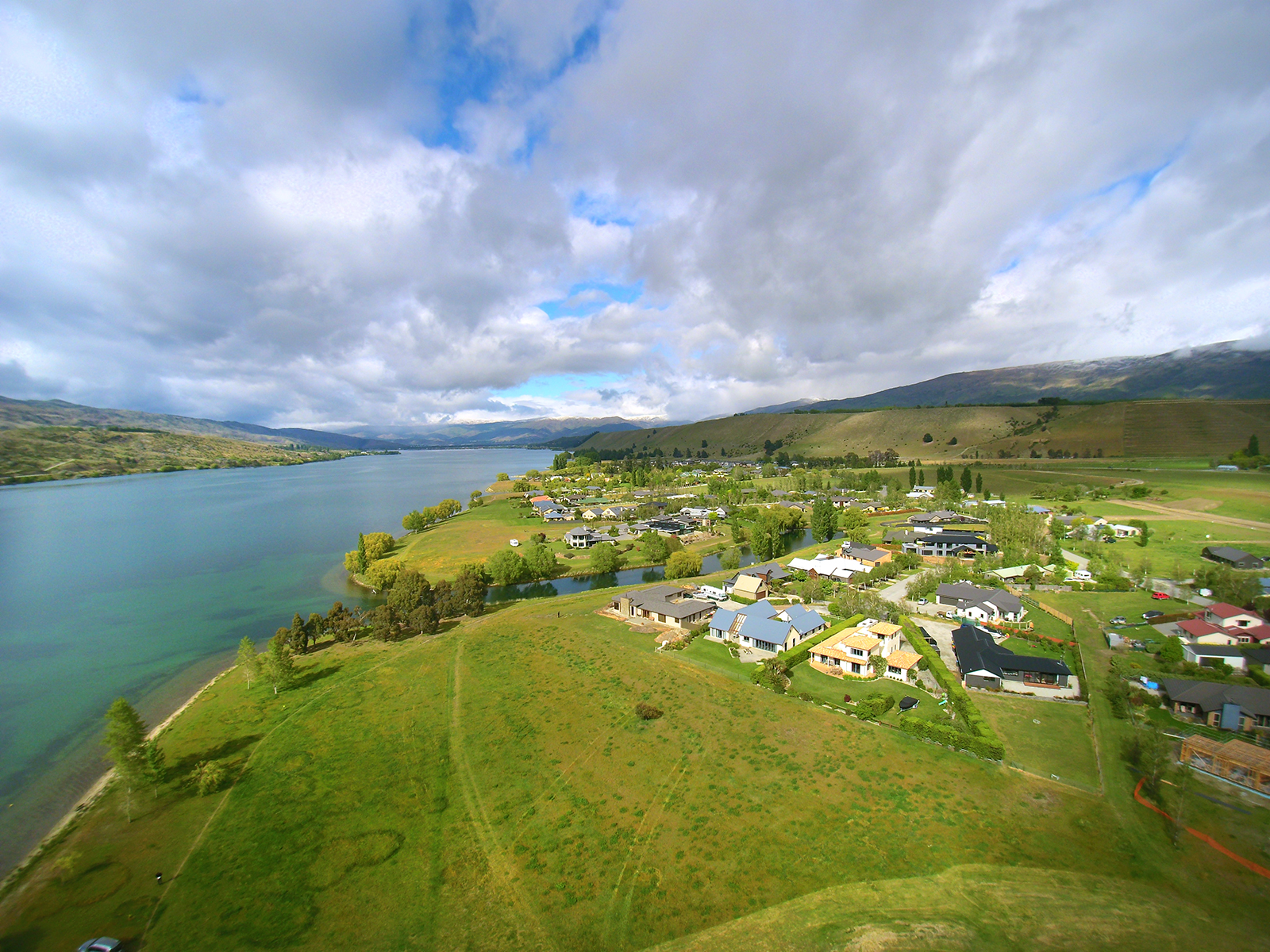
Pisa Moorings
Pisa Moorings is a lakeside community, situated 10km north of Cromwell, on the road to Wanaka.
Its small population has Lake Dunstan on its eastern doorstep and the Pisa Range and the iconic Sugarloaf Terrace to the west. To the north and south are vineyards and farmland.
The subdivision was surveyed in the 1990s and has since grown into the strong community that it is today. Families, in particular, enjoy the proximity to the lake – for swimming, walking and boating.
There is a café and boat ramp in the settlement, with other services and shops only minutes away in Cromwell. Queenstown is within an hour’s drive and Wanaka is 35 minutes away.
Pisa Moorings is handy to the region’s ski fields, as well as Highlands Motorsport Park and Central Otago’s many vineyards.
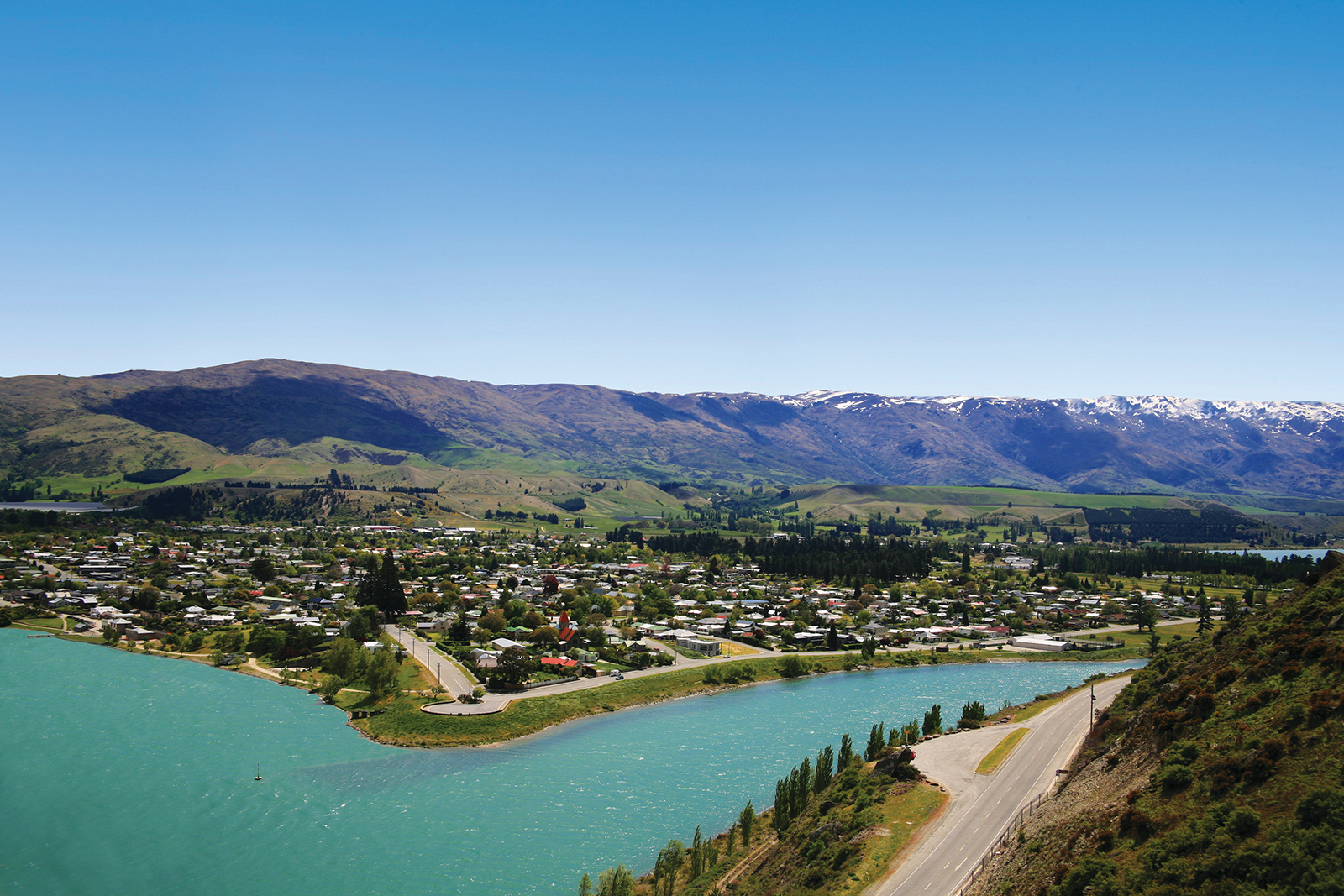
Cromwell
Cromwell was originally known as "The Junction", being at the confluence of the Clutha and Kawarau Rivers. In 1862, gold was discovered below the Junction by two miners, Hartley and Reilly. Once the word of a gold strike was out, there was an influx of several thousand miners to the area.
The first Chinese arrived in Cromwell via Dunedin in 1866, some four years after the founding of the township. They initially set up camp near Gibraltar Roack in the Cromwell Gorge but by 1870 some Chinese storekeepers had established themselves at the upper (west) end of Cromwell’s main street, Melmore Terrace on the (true left) banks of the Kawarau River. This gradually formed the nucleus of Cromwell’s ‘Chinatown’.
As gold ran out, Cromwell became the service centre for an extensive farming and stone fruit growing area. It has a strategic location between the Lindis and the Haast Passes and acts as a hub between the towns of Wanaka, Queenstown and Alexandra. The former is commemorated with the giant sculpture of stone fruit, which stands outside the northern end of the town.
With the construction of the Clyde Dam, Cromwell became the residential and administrative centre for the development. A new suburb was joined onto the old town to house hydro workers. The former business centre in Melmore Terrace was relocated adjacent to the State Highway in a new mall. Other sporting, educational and cultural facilities were upgraded to a high standard.
The decision to build Clyde Dam and use Cromwell as the accommodation base brought many changes to the town. Approximately one-third of the town was rebuilt on higher ground. The changes included the doubling of the residential area, relocation of the old town centre (now called "Old Cromwell Town"), upgrading of services, and the provision of modern educational and sports facilities, and a new bridge. The relocated town centre, or "The Mall," now houses the main retail, service and civic buildings in Cromwell. Several of the old buildings of the town which escaped the flooding have been retained as a historic precinct close to the shore of the Kawarau.
Before it was destroyed to make way for Lake Dunstan behind the Clyde Dam, Cromwell’s Chinatown was the best preserved example of a New Zealand Chinese urban settlement. It also had the greatest longevity of some fifty years. Shops were established along Melmore Terrace, while a residential area was formed below on the steep banks of the Kawarau River.
Cemetery records indicate the last Chinese burial in Cromwell was in 1924 – probably representing the end of the Cromwell Chinese era. Between 1863 and 1938, there were 85 deaths of Chinese registered out of a total of 1300.
Cromwell’s Chinatown was excavated in 1980 by a team of archaeologists from the New Zealand Historic Places Trust. The site was programmed for destruction as part of the lakeshore works associated with the formation of Lake Dunstan. The excavation uncovered 20 huts, 6 suspected huts, several sections of stone revetted terraces, a spring, and two possible shafts. The excavations concentrated on the interiors and immediate surrounds of the huts, with smaller sampling undertaken on garden terraces and dumps. A wealth of structural and material remains was uncovered, catalogued and recorded.
Cromwell has maintained its function as a service base for a large rural hinterland. The continued growth of orcharding and the emergence of the wine industry will enhance the town's future regional importance. Lake Dunstan has added to the growing list of attractions and opportunities for the area with activities such as picnicking, fishing, boating, sight-seeing, cruising etc.
Cromwell is strategically placed as a holiday centre for the whole of Central Otago. It is only 50-60 kilometres from the lake and ski resort towns of Queenstown and Wanaka. Apart from its location as a hub of three major gorges, Cromwell's other attractions include its pleasant and dry climate with sparse rainfall.
Cromwell College is the town's Form 1 to 7 high school and boasts a magnificent auditorium and gymnasium. Two other primary schools service the younger children. Other major facilities for the town include a comprehensive greenway and reserves system, golf, squash and bowls clubs, and Town and Country Club, and the 25 metre, twin covered pools at the Cromwell Swim Centre. An artificial turf hockey field was completed in 1997. There are three camp grounds in the district: Cromwell Holiday Park, Cairnmuir Camping Ground, and Bannockburn Domain Camping Ground.
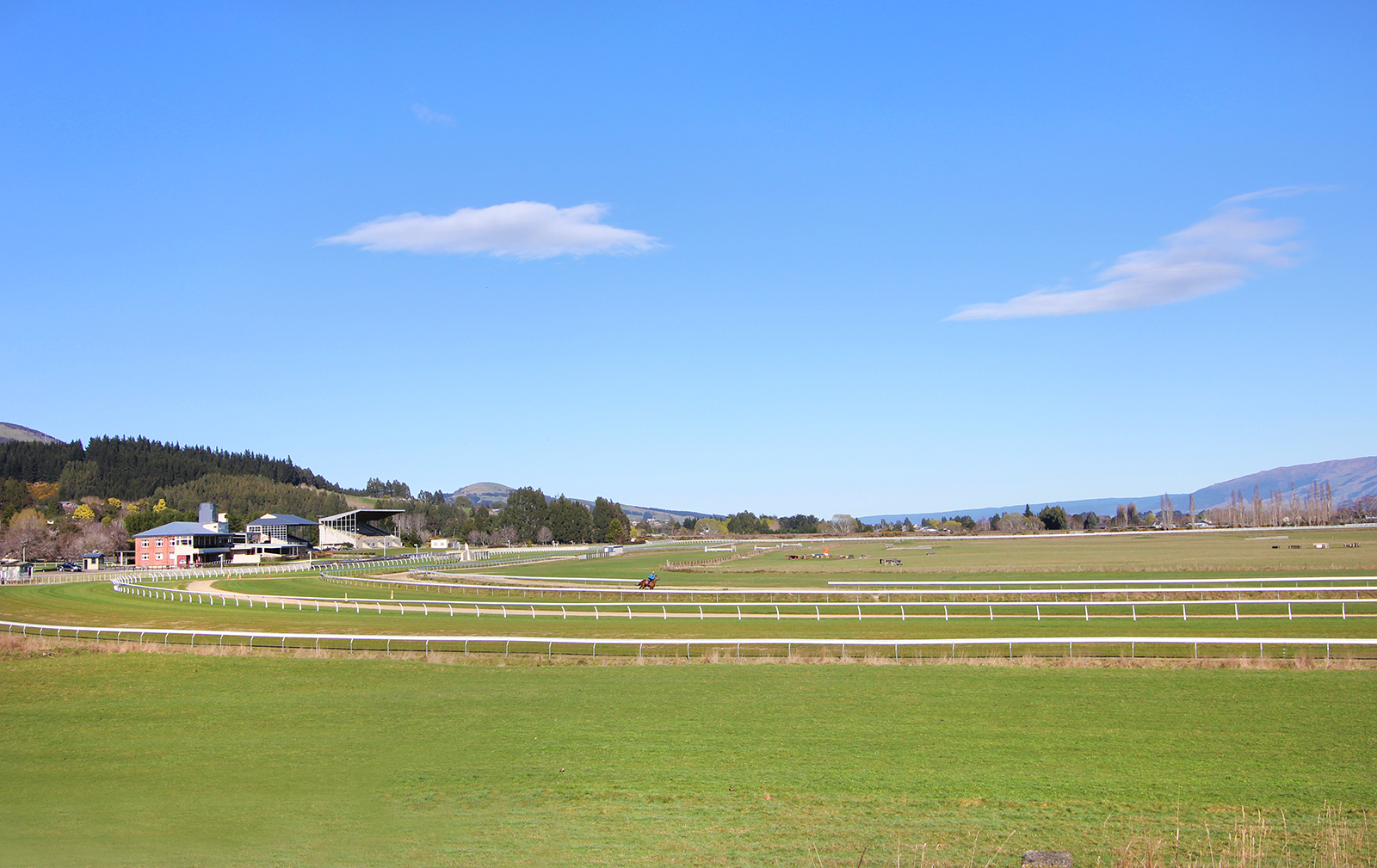
Wingatui
Wingatui is one of those magic spots that allows you to enjoy the best of both worlds. Its proximity to Mosgiel means you’re only a short drive away from shops and a good supermarket, yet the vibe is pleasantly semi-rural.
Situated 15km west of Dunedin, its 1550 people live in a mix of residential houses and on lifestyle blocks. It enjoys long sunny evenings, being the last corner of Mosgiel to see the sun go down.
The Wingatui Racecourse and the nearby historic railway station are both popular attractions – particularly on the first Tuesday of November, with its Melbourne Cup Day race meet. The train delivers happy punters out to the course at the start of the day and delivers them home again after the last race on the card.
The racecourse naturally attracts a horsey set to the suburb – both racehorse and pleasure riders. Motorists often pass horses being exercised on the wide roadside verges.
According to rail heritage enthusiasts, the Wingatui Station – built in 1914 – is second only to Remuera Station as an outstanding example of an “island platform” construction, built to accommodate tracks on both sides.
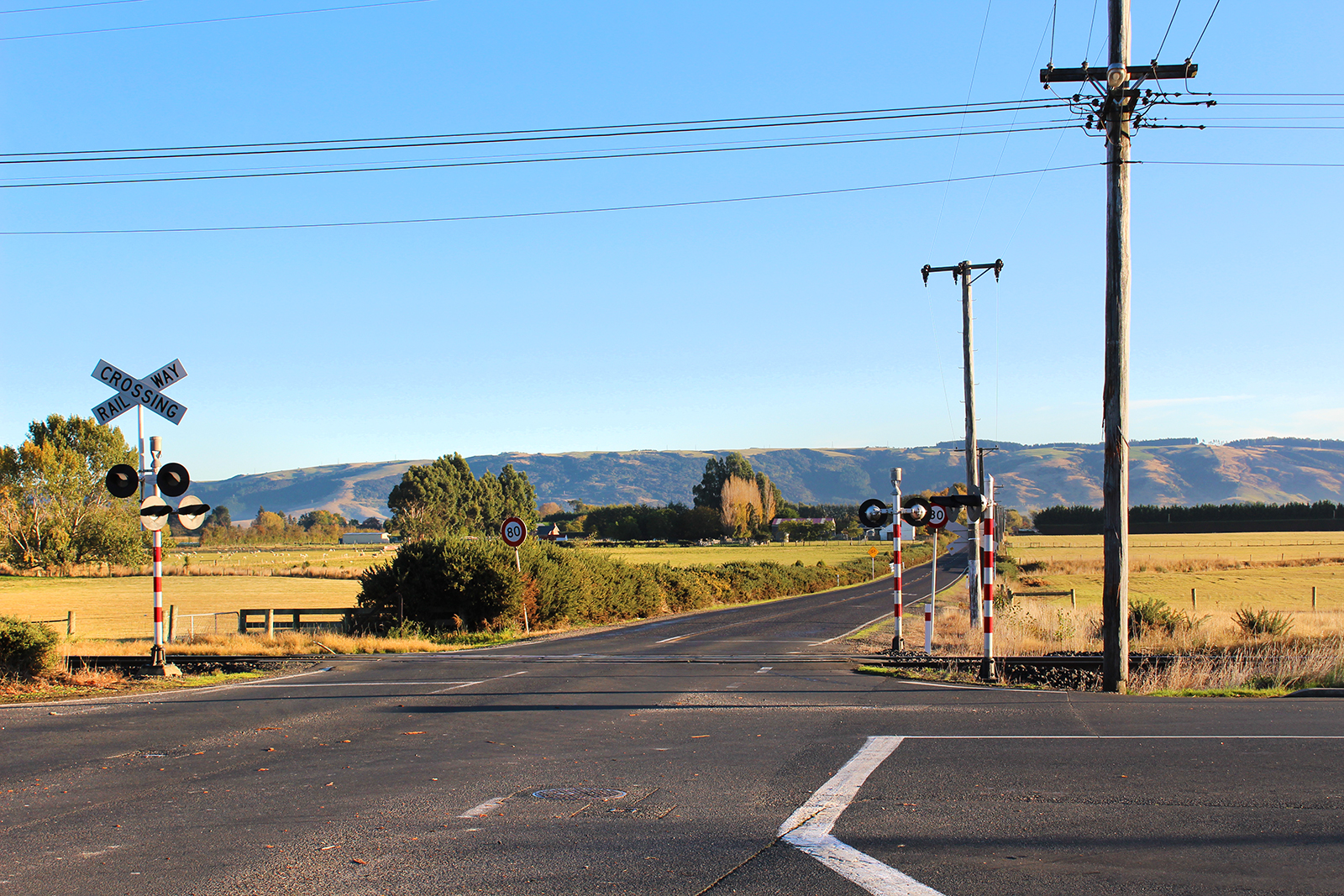
East Taieri
East Taieri sits discreetly on the edge of the Taieri Plain. It’s only 4 minutes drive into Mosgiel and 15 minutes into the Octagon, making it a great semi-rural address for those who appreciate some extra space, yet the convenience of nearby supermarkets and a hop, skip and a jump over the hill to connect with city life.
There is a pre-school and a primary school. East Taieri Primary School is one of Otago’s oldest, opening in 1853. It teaches years 1 through to 6 and has a current roll of about 320 children.
On the outskirts of town, the East Taieri Presbyterian Church is a local landmark and an active parish.
